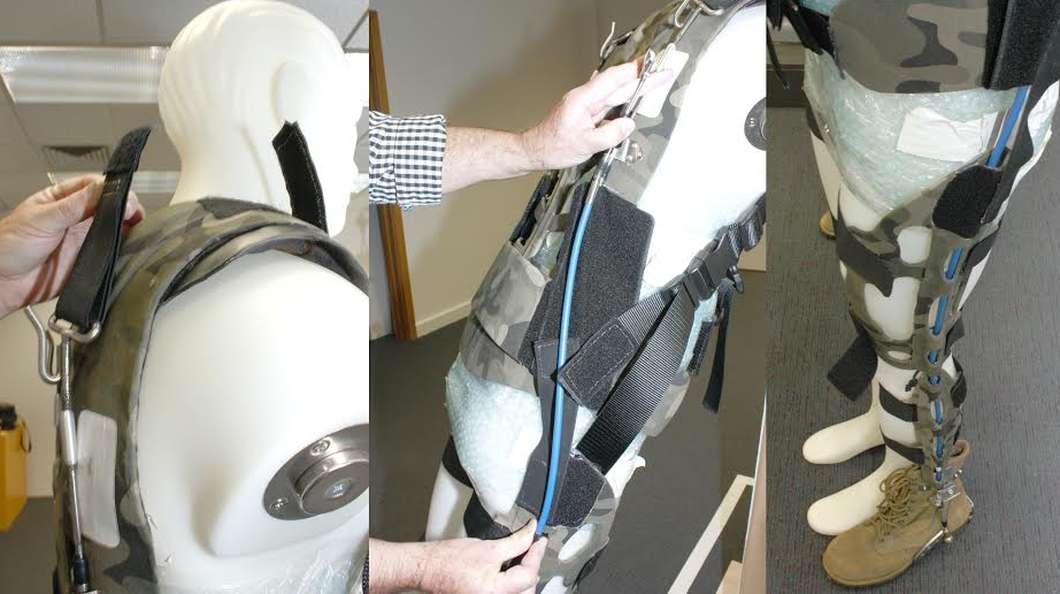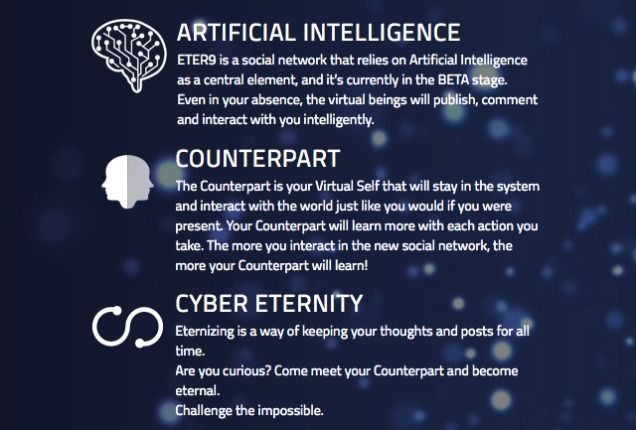Aug 22, 2015
The Longevity Reporter: The Weekly Newsletter on Aging (22nd August, 2015)
Posted by Roy in categories: biotech/medical, health, life extension
Checkout the latest Longevity Reporter Newsletter (22nd August, 2015), covering this week’s top news in health, aging, longevity.
This week: An Entire Nervous System Captured On Film; 10 Enduring Health Myths, Debunked By Science; Peto’s Paradox: Why Don’t Larger Animals Get Cancer More Often?; Antioxidants: Separating Myth From Reality; And more.

















